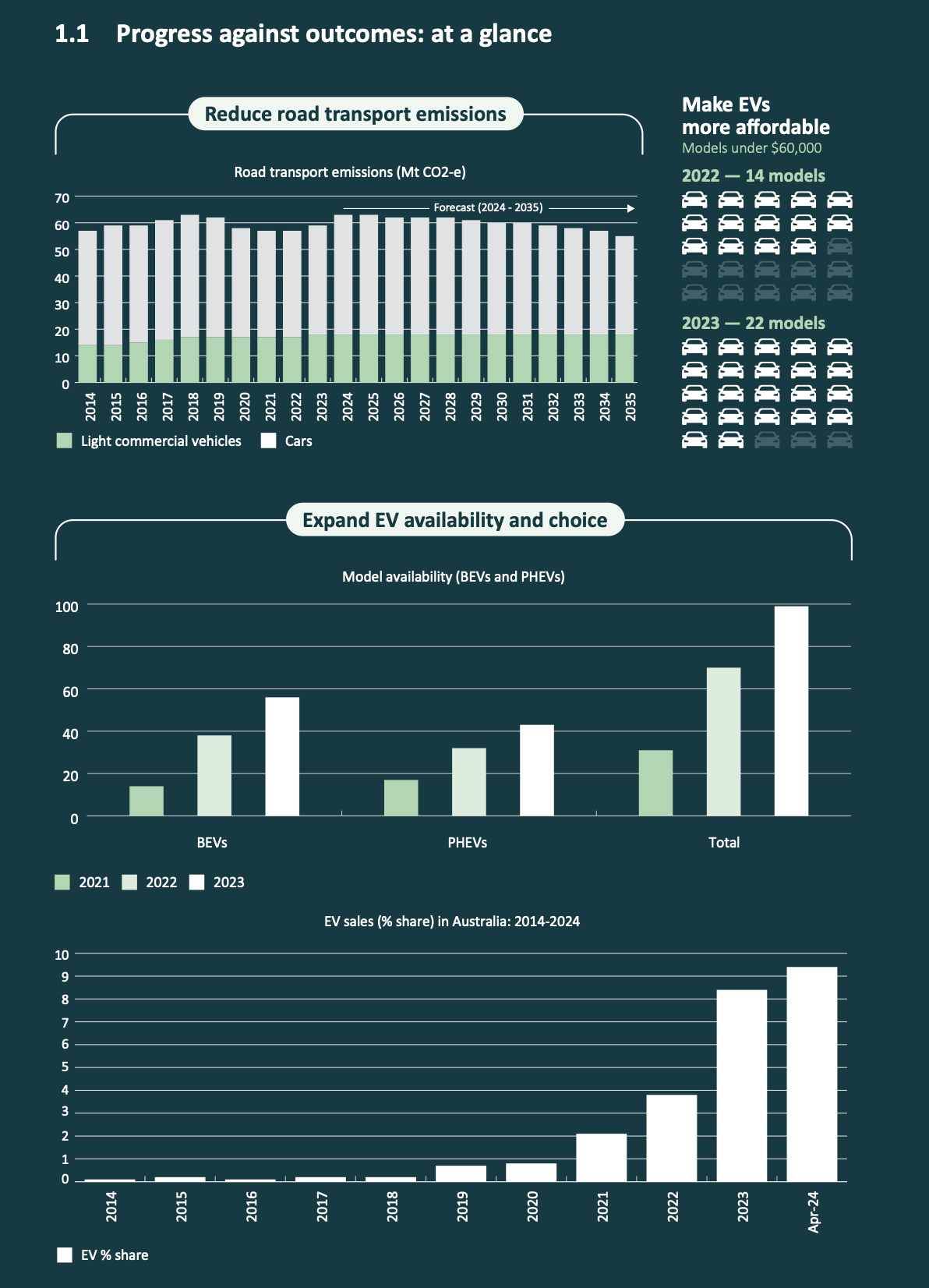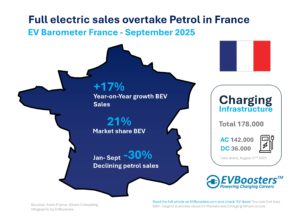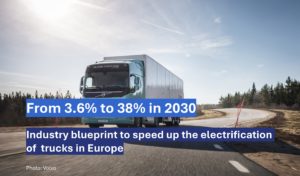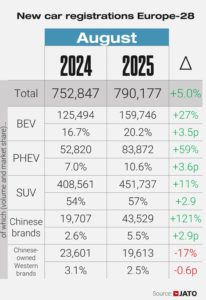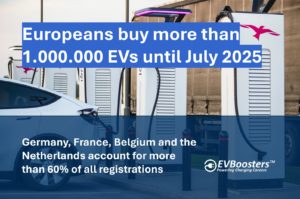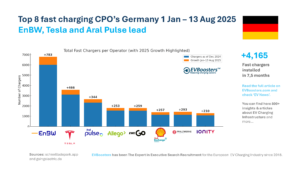A Transformative Year for EVs
Since the release of the National Electric Vehicle Strategy in April 2023, Australia’s EV landscape has experienced remarkable growth. Technological advancements, increasing environmental awareness, and supportive government policies have fuelled this transformation. Key milestones include the introduction of the New Vehicle Efficiency Standard and the expansion of public charging infrastructure.
Key Achievements and Progress
Expansion of EV Availability and Choice
The number of EV models available in Australia has surged, with 148 variants available by the end of 2023, a 56% increase from 2022. EV sales have also seen a substantial rise, representing 9.4% of new vehicle sales by April 2024, up from 8.4% in 2023. This growth is driven by an increased availability of affordable models, including three new models under $40,000 by the end of 2023.
Reduction of Road Transport Emissions
The New Vehicle Efficiency Standard, passed in May 2024, is expected to reduce emissions from new passenger vehicles by over 60% by 2030. This standard will also halve emissions from new light commercial vehicles over the same period, contributing to a projected reduction of 321 million tonnes of CO2 by 2050. This initiative is set to provide Australians with $95 billion in fuel cost savings.
Expansion of Charging Infrastructure
The development of public EV charging infrastructure has been a significant focus. By the end of 2023, there were 812 public fast and ultra-fast charging sites across Australia, a 75% increase from 2022. This expansion supports around 2,000 fast and ultra-fast charging plugs, with about 900 sites available by the first quarter of 2024. The Australian Renewable Energy Agency (ARENA) and other government bodies have played a crucial role in funding these developments.
Supporting Local Manufacturing and Recycling
The transition to EVs offers opportunities for new jobs and skills in manufacturing and recycling sectors. The Australian Government is investing in research to develop a recycling, reuse, and stewardship initiative for EV batteries. The New Energy Apprenticeship Program, launched in January 2023, supports 10,000 apprentices in the clean energy sector, including those working with EVs.
Making EVs More Affordable
The introduction of the Electric Car Discount in 2022 has significantly boosted EV uptake, making EVs more affordable through fringe benefits tax exemptions. Financial incentives, coupled with increased model availability, have made EVs a viable option for more Australians. The Clean Energy Finance Corporation (CEFC) has financed over 1,700 EVs since the strategy’s launch, with further investments planned to support 20,000 new EVs over the next two years.
Reducing Running Costs
The average fuel consumption for passenger vehicles has been decreasing, aided by the introduction of the New Vehicle Efficiency Standard. This standard is expected to bring substantial fuel savings and reduce emissions, making running a vehicle more economical for Australians.
Looking Ahead
The momentum in the EV sector is set to continue, with several initiatives planned for the year ahead. These include the implementation of the New Vehicle Efficiency Standard from January 2025 and the development of a Transport and Infrastructure Net Zero Roadmap and Action Plan. The Government is also focusing on integrating consumer energy resources into the electricity market to support EV uptake.
Conclusion
The 2023-24 Annual Update of the National Electric Vehicle Strategy highlights Australia’s significant progress in transitioning to a greener transport sector. The combined efforts of the government, industry, and community are steering the nation towards a future where electric vehicles play a central role in reducing emissions and promoting sustainability. As the strategy continues to unfold, Australia is poised to reap the environmental and economic benefits of widespread EV adoption.

